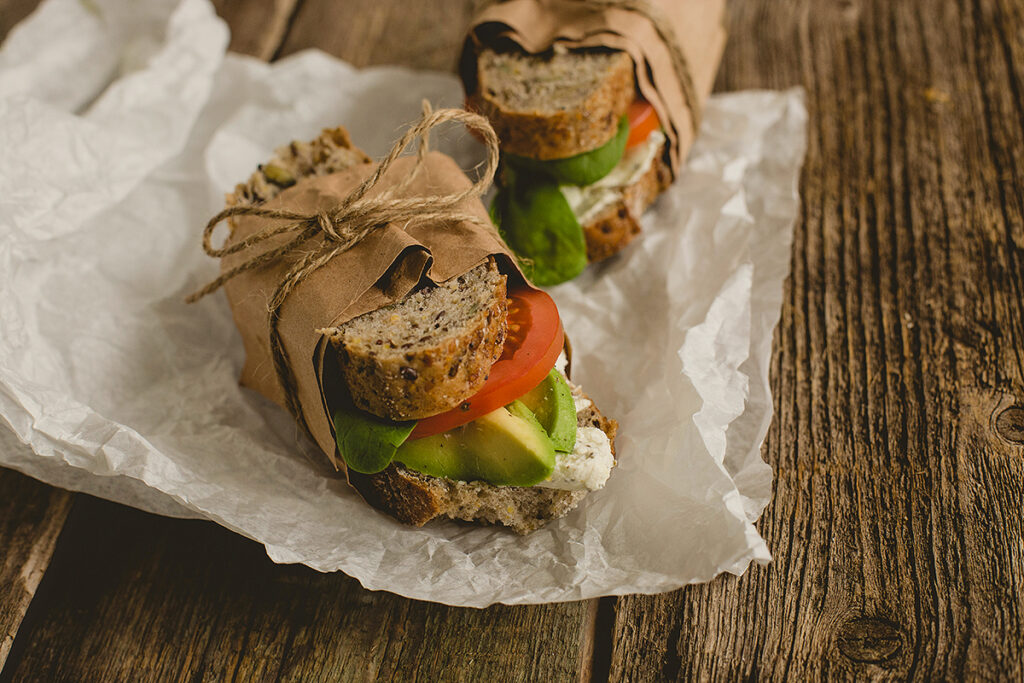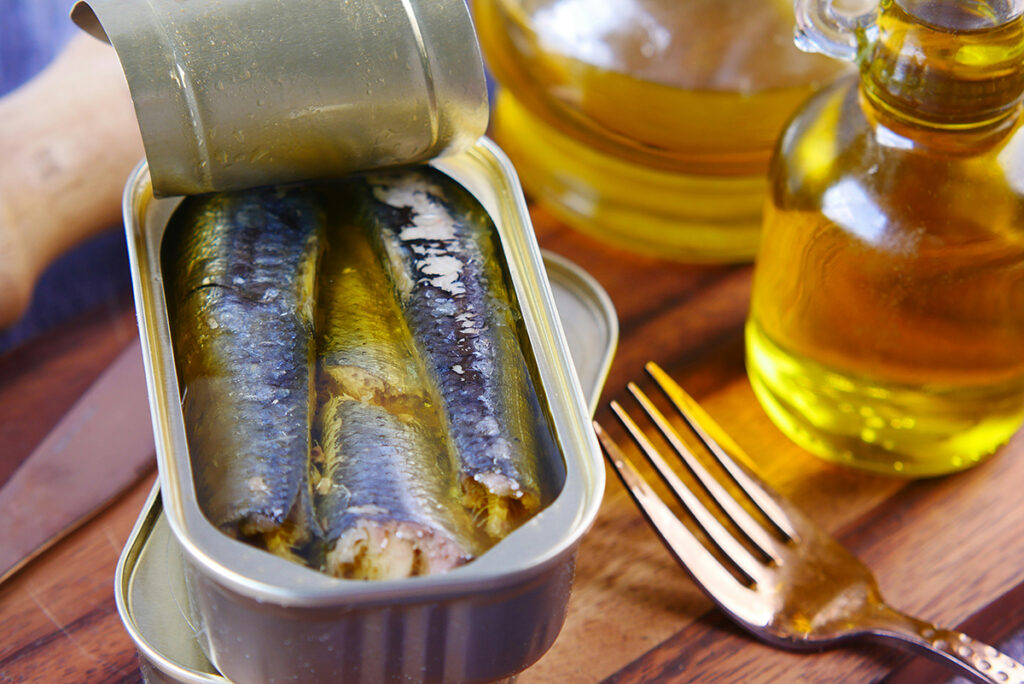High blood cholesterol levels increase the risk of cardiovascular disease, the world’s leading cause of death. Statins are commonly prescribed to lower cholesterol. However, patients often refuse statins because of their side effects or cost. Therefore, diet and exercise remain the cornerstone of cardiovascular disease prevention.
Content
- Hyperlipidemia, LDL, and HDL
- Hyperlipidemia: diet or statins?
- How to Lower Cholesterol with Diet
- Whey Protein to Lower Cholesterol
- How to Lower Cholesterol with Exercise
- Sources
Hyperlipidemia, LDL, and HDL
Hyperlipidemia is an elevated blood level of low-density lipoprotein (LDL) and very low-density total cholesterol and triglycerides.
Elevated LDL levels increase the risk of atherosclerotic plaque formation and the development of cardiovascular disease by narrowing the lumen of blood vessels and reducing blood flow to vital organs.
Unlike LDL, high-density lipoprotein (HDL) helps regulate cholesterol levels, reducing the risk of atherosclerosis. HDL transports cholesterol from arterial walls to the liver and has antioxidant and anti-inflammatory properties by promoting the release of nitric oxide, which dilates blood vessels.
Hyperlipidemia: diet or statins?
The first step in treating hyperlipidemia is diet and exercise. The exception is patients with extremely high cholesterol levels. These patients require drug therapy.
Diet and exercise can reduce LDL cholesterol by up to 37%.
How to Lower Cholesterol with Diet
A diet that lowers LDL cholesterol differs greatly from a diet that lowers triglycerides. Effective for lowering triglycerides:
- omega-3 supplements;
- reduced alcohol consumption;
- reduction in carbohydrate intake.
However, only LDL cholesterol is considered a critical risk factor for cardiovascular disease. LDL levels can also be reduced through diet.
In 2019, Swedish scientists conducted a systematic review of systematic reviews and meta-analyses of studies on the effects of foods on cholesterol levels. In total, the review included 165 scientific publications. The results of the review are in the tables and diagram below.
Table 1. Foods that lower cholesterol
| Reduce cholesterol | Power of influence, comment |
| Foods high in omega-6 polyunsaturated fatty acids (PUFAs) and/or monounsaturated fatty acids (MUFAs) and low in saturated fatty acids (SFAs). For example, unrefined oils: rapeseed, sunflower | Moderate to significant decline |
| Foods high in soluble fiber. Ex., psyllium, oats, and barley. | Moderate decline |
| Products containing plant sterols or stanols. For example, legumes, grains, seeds, nuts, and vegetable oils. | Moderate decline. Plant sterols or stanols inhibit the absorption of cholesterol in the intestines. |
| Whole flaxseed | Slight or moderate decrease |
| Soy protein | Slight or moderate decrease |
| Tomatoes | Slight or moderate decrease. Tomatoes contain lycopene. Lycopene plays a crucial role in reducing oxidative stress, specifically in preventing the oxidation of LDL cholesterol, which leads to inflammation and plaque formation. Lycopene has antioxidant properties and inhibits cholesterol synthesis. |
| Almond | Slight decrease |
| Avocado | Moderate to significant decline |
| Turmeric | Moderate to significant decline |
| Hazelnut | Slight or moderate decrease |
| Legumes | Slight or moderate decrease |
| Green tea | At least a slight decrease |
| Black tea | At least a slight decrease |
| Fiber, whole grains | Slight decrease |
| Walnuts | Slight decrease |
| Garlic and garlic powder | Slight or moderate decrease |
| Probiotics and prebiotics | Slight or moderate decrease |
| Caraway | Slight or moderate decrease |
| Ginger | Slight decrease |
| Foods high in resistant starch. For example, grains, legumes, seeds, raw potatoes, and corn | Slight decrease |
| High polyphenol olive oil instead of low polyphenol olive oil | Slight decrease |
| Berries | Slight or moderate decrease |
| Dark chocolate/cocoa products | At least a slight decrease |
| Alcoholic drinks | Slight decrease. Meager strength of evidence |
Table 2. Foods that increase cholesterol
| Raise cholesterol | Power of influence, comment |
| Foods high in saturated fatty acids (SFAs) or trans fatty acids. For example, solid and tropical fats | Moderate to high magnification |
| Unfiltered coffee instead of filtered coffee | Moderate to high magnification. Unfiltered coffee contains high levels of diterpenes such as caveol and cafestol. Diterpenes can lead to an overload of LDL particles with cholesterol and an increase in LDL levels. |
| Oils high in long-chain omega-3 polyunsaturated fatty acids (PUFAs) | Very slight increase |
| Free sugars | Slight increase |
| Coffee instead of tea | Slight to moderate increase |
| Eggs | Slight increase. There can be significant individual variation in response to dietary cholesterol. However, the general claim that dietary cholesterol and eggs can increase LDL cholesterol levels is weak evidence due to a small effect. |
Table 3. No effect on cholesterol / no apparent effect
| Product | A comment |
| Fish | Strong evidence for no evident impact on LDL cholesterol. |
| Decaffeinated coffee instead of regular coffee | Only unfiltered coffee raises LDL cholesterol. The effect was observed with the consumption of boiled coffee at an average daily dose of 6.1 cups. In contrast, 4.6 cups of filtered coffee daily did not raise LDL cholesterol levels. |
| Filtered coffee | |
| Dark roasted coffee | |
| Fructose instead of sucrose/glucose | |
| Sweeteners | The evidence for no effect on LDL cholesterol is feeble. |
| Foods high in α-linolenic acid. For example, linseed oil. | |
| Foods high in medium-chain instead of long-chain saturated fatty acids (SFAs) | |
| Grapefruits | |
| Dairy products: both fatty and non-fat | Increasing dairy intake had no apparent effect on LDL cholesterol, but the evidence was feeble. |
| Grape polyphenols | |
| Synbiotics are a combination of probiotics and prebiotics | |
| Whey Protein | |
| Fruit juice | |
| Red meat | Red meat caused a slight to moderate increase in LDL cholesterol levels compared to plant-based protein sources. Compared to fish consumption, red meat caused a slight to average reduction in LDL cholesterol levels. |
Diagram of products that change LDL cholesterol in effect and evidence-based strength. Larger circles indicate high probative value. Smaller circles indicate moderate.
Image source: https://www.sciencedirect.com/science/article/pii/S0939475321000028
Whey Protein to Lower Cholesterol
Whey protein supplements are recommended to prevent and treat obesity and diabetes. Whey protein reduces appetite and inhibits intestinal absorption of cholesterol.
Iranian scientists conducted a systematic review and meta-analysis of 22 studies on the effect of whey protein on cholesterol levels and glycemic control in patients with metabolic syndrome. The total number of study participants was 1103 patients, of which:
- 576 – took whey protein for 4-24 weeks at 20-90 mg/day;
- 527 were on a regular diet, taking no supplements or taking placebo or carbohydrate supplements.
Types of whey protein used in research:
- Concentrate – contains 70-80% protein, lactose, sugar, and fat. Absorbed slowly;
- Isolate – Ultrafiltration of whey protein concentrate. Contains 90% protein and minimum carbohydrates and fats. Absorbed slightly faster than concentrate;
- Hydrolyzate is the result of exposing whey protein isolate to enzymes that break the bonds that hold amino acids together. It is absorbed quickly, therefore, accelerates muscle recovery after training. Suitable for people with sensitive stomachs;
- Native whey protein isolate was obtained at low temperatures and absorbed faster than the concentrate. Although native whey protein contains a higher concentration of essential amino acids than regular whey, it does not outperform isolate in post-workout muscle recovery.
Whey protein improves cholesterol levels:
- Reduces triglyceride levels;
- Reduces the level of total cholesterol;
- Lowers LDL cholesterol;
- Improves the ratio of real to HDL cholesterol.
Whey protein may improve glycemic control parameters:
- Decreases insulin levels, especially when taken long-term;
- Lowers the insulin resistance index (HOMA-IR);
- Reduces glycated hemoglobin (HbA1c).
Details of the meta-analysis can be found in the article “How Whey Protein Affects Cholesterol and Glycemic Control.” The meta-analysis was published in Lipids in Health and Disease journal.
How to Lower Cholesterol with Exercise
Aerobic load increases the level _of “good” HDL cholesterol, reducing atherosclerosis risk. Aerobic activities include walking, jogging, swimming, cycling, dancing, tennis, and basketball. Adding 10 minutes of aerobic exercise to daily exercise can increase your HDL concentration by 1.4 mg/dL. A good training program can increase HDL levels by 4.6%.
Combining a low-fat diet with exercise produces better results than diet alone :
- Regular jogging or walking 15 km per week to a low-fat diet increased HDL levels by 13% in obese patients. On the background of only a low-fat diet, the level of HDL decreased slightly.
- In non-obese patients with high LDL and low HDL, after 1 year of the diet, combined with walking or jogging 16 km per week, LDL cholesterol levels decreased by 14-20%. The diet alone reduced LDL levels by 7-11%.
Combining aerobic and anaerobic exercise improves blood lipid composition and reduces cardiovascular risk. Anaerobic activities include sprinting, high-intensity interval training, and strength training.
One hour a week of resistance training (anaerobic exercise) can improve lipid profile and prevent the increase in “bad” LDL cholesterol.
References
- Hyperlipidemia – StatPearls – NCBI Bookshelf
- The effects of foods on LDL cholesterol levels: A systematic review of the accumulated evidence from systematic reviews and meta-analyses of randomized controlled trials
- Effectiveness of altering serum cholesterol levels without drugs
- Effects of whey protein on glycemic control and serum lipoproteins in patients with metabolic syndrome and related conditions: a systematic review and meta-analysis of randomized controlled clinical trials




